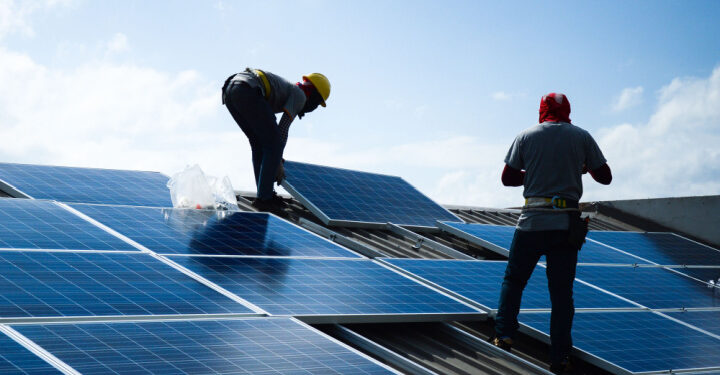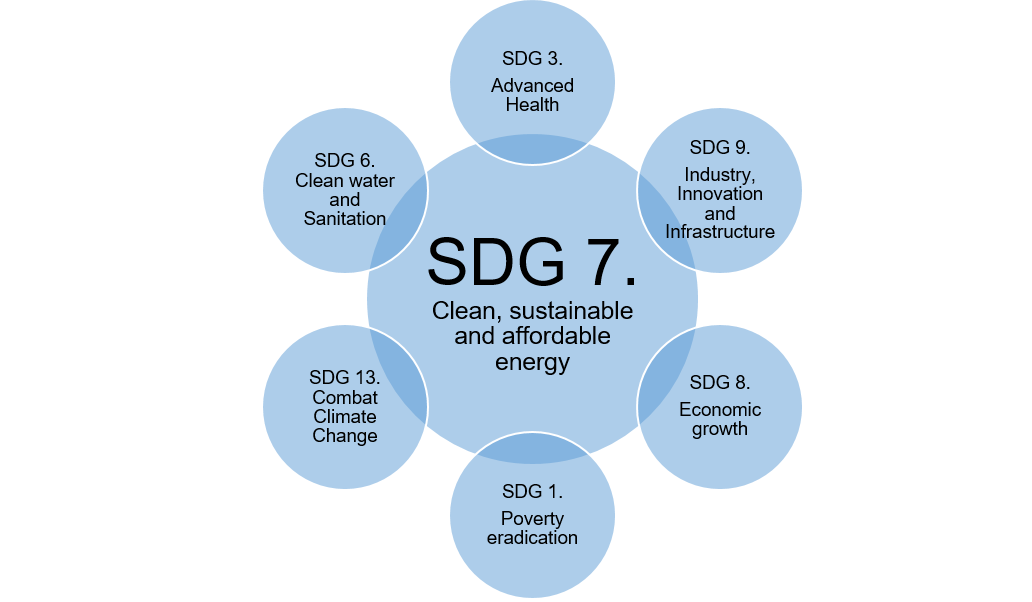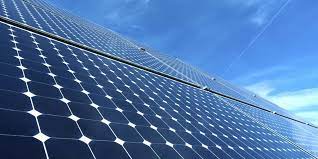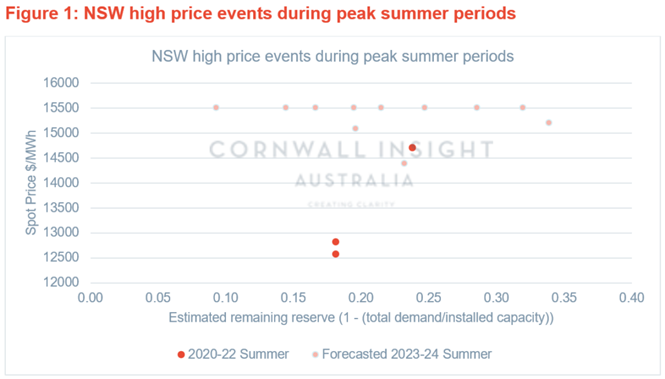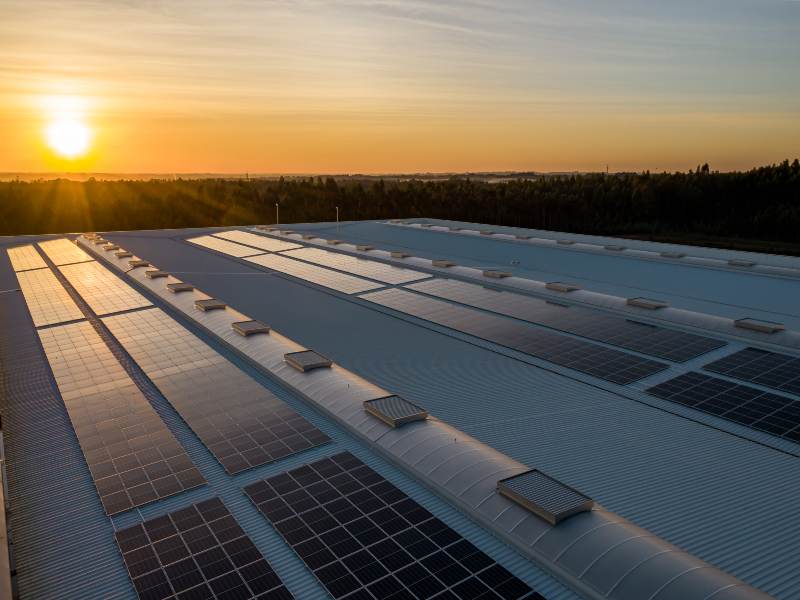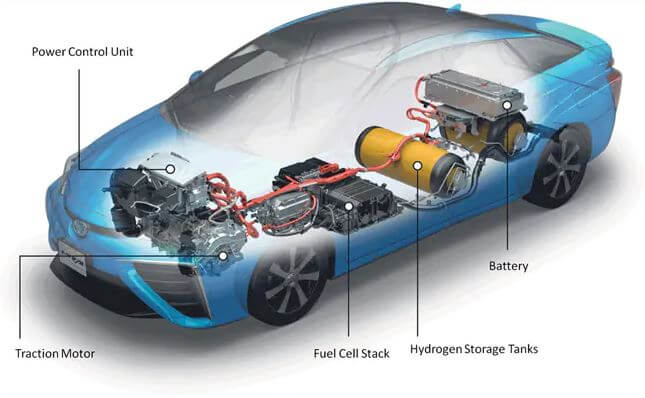
A report from IDTechEx modeled growth with LDES and projects that there may as well be a $223 billion worldwide market by 2044. The report went on to say that this market growth is going to regionally take place at different rates. For example, if California goes on to reach its clean energy objectives for 2035, it is going to have a 280% growth in the capacity of renewable energy as compared to the last-year baseline. Other major countries as well as the US states are anticipated to witness rapid progress concerning VRE deployments, such as Germany, the UK, Italy, India, Australia, and even Texas, says the report.
The report adds that the rising VRE penetration will go on to result in longer periods of time wherein the energy happens to be unavailable from these sources, and hence, LDES technologies will be needed so as to dispatch energy across these longer timeframes.
IDTechEx went on to say that once a country or state’s electricity coming from VRE sources goes on to reach around 45% of the energy mix, an average duration of storage of 6 hours or even more goes on to become the most cost-optimal choice. The report goes on to say that this 45% threshold is going to be met on average across the world by the late 2030s, although the previously mentioned hot markets happen to be expected to touch the milestone much soon.
Apart from pumped hydrogen, which happens to be dependent on local running water sources, lithium-ion batteries go on to dominate the worldwide stationary energy storage market, the report remarked. But IDTechEx goes on to note that lithium-ion batteries are indeed unlikely to have low enough capital expenditures for LDES applications.
So as to achieve a lesser cost per kilowatt-hour, IDTechEx happens to recommend technologies that enable energy and power decoupling. It remarked that this role could very well be served by redox flow batteries- RFB.
In order to increase system capabilities for RFBs, electrolyte volume along with the size of electrolyte storage tanks can be elevated, however, changes to the cell stack are only required in order to increase power output, said the report.
IDTechEx said that liquid-air energy storage- LAES is yet another choice that may come along with cost advantages at scale.
The report said that for LAES, the size of liquid-air storage tanks can be elevated while turbomachinery just requires to be scaled with power output. This goes on to result in faster as well as non-linear decreases in capex, that too on a $/kWh basis for many of these LDES technologies as a duration of storage function.
